Search Lobsterland
Friday, April 21, 2017
April Mead
So my wife likes to forage. She filled one of our deep freezers with pears, autumn olive, persimmons, and so on last fall. I kept meaning to do some meads with them, she kept saying that produce was set aside specifically for that. I don't care much for persimmon so I passed on that part. There was also store bought cranberries, three pounds of them.
It would have been good if I'd gotten on this sooner, the advice I've gotten is don't leave the fruit in the freezer more than a month or two. But I think I dodged the freezer burn bullet, and freezing does help make the juice more available.
A lot of meadmakers will just make a standard mead as a starting point, mixing honey and water, then put the fruit in a mesh bag in the fermenter. I haven't tried that method yet, I've been using the fruit juice to mix with the honey, which works too. But last fall, working with fresh fruit, I learned the limits of the wine press.
To defrost the fruit, I mixed a weak sulfite solution (one Campden tablet per five gallons of water) and let the fruit thaw overnight in the water.
The autumn olive and cranberry in the press still didn't yield much juice, after a ton of work, a little under a gallon. I was pretty discouraged. Corinna claimed the pressed fruit for jelly and I moved on to the pears.
You can see here how the autumn olive would rather squirt out between the staves of the press than give up juice. The pears, though, strong language was enough to get them flowing. Once I filled the press with the pears, I ran a knife down through them to help break the skins and then pressed away. With less effort than the three quarts or so of cranberry-autumn olive juice I quickly had almost four gallons of pear juice and relatively drive fruit left behind. Not like what you'd get with a hammer mill followed by a hydraulic press, but as good as I was going to get.
I was going to also make a standard mead, also going to keg up one of last October's batches, rack the other. But I was coming off the last wave (I hope) of illness from this winter. This time it was all bronchitis type stuff, I don't know if it was residual from the flue I had last month or just another round of crud.
And one thing after another, the honey had crystalized harder than anything I've ever seen. It doesn't affect how it works, but it affects how much work it is to dissolve it. I felt like I might as well be trying to dissolve rocks from my yard. The rest of the bucket, I thought of a clever way to heat it to re-liquify it: I'm going to take it to work in my car before I try to work with it again. Solar gain should get it up to 140ºF or so, that should do it.
I think that standard mead is what I'm going to make at Big Brew out at Bacchus & Barleycorn on May 6. I did demonstration brews out at B&B a few times way back when. Like I think it's been upwards of 15 years. It's a fun project, but my all grain brewing setup is pretty bulky and my process is very slow. I'd get out there first thing, a couple hours before anyone else, and still be the last one cleaning up. Plus, I think the last time I did it I was driving an F-150, so I had a lot of hauling capacity. My gear pretty well filled the Buick Roadmaster Estate Wagon I drove before that, too.
These days I drive a 2006 Scion xB, which is a roomy car for an econo-box, but I'm not sure I can haul everything at once in it. But for mead? A couple-three buckets, my brewing tool box, drill, degassing wand, a few measuring cups and spoons, a scale, I could haul my mead setup in a Smart Car. Plus, if I go standard mead (as opposed to spending six hours wrestling with pressing fruit juice, I can be done and cleaned up faster than an all extract beer brewer.
After that standard mead, it'll be about time to get more honey, from there I think I'll try the aforementioned technique of making a sack style mead and dropping a mesh bag of fruit in it.
Labels:
Carpe Brewski
Subscribe to:
Post Comments (Atom)

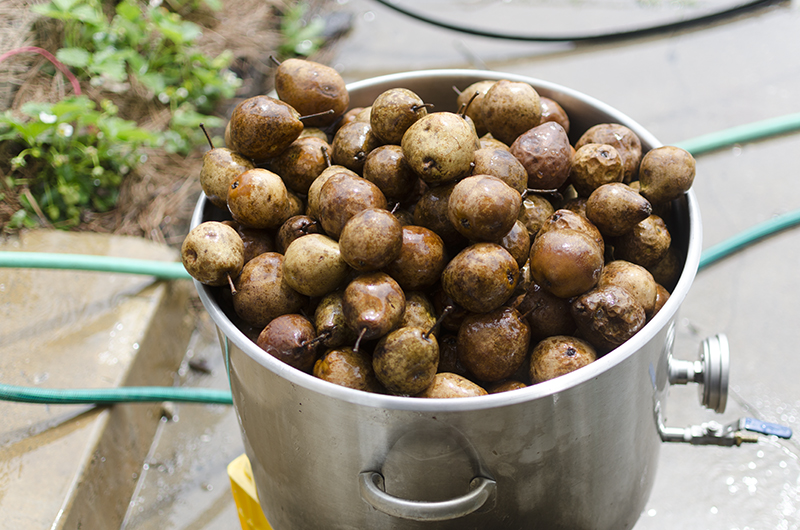
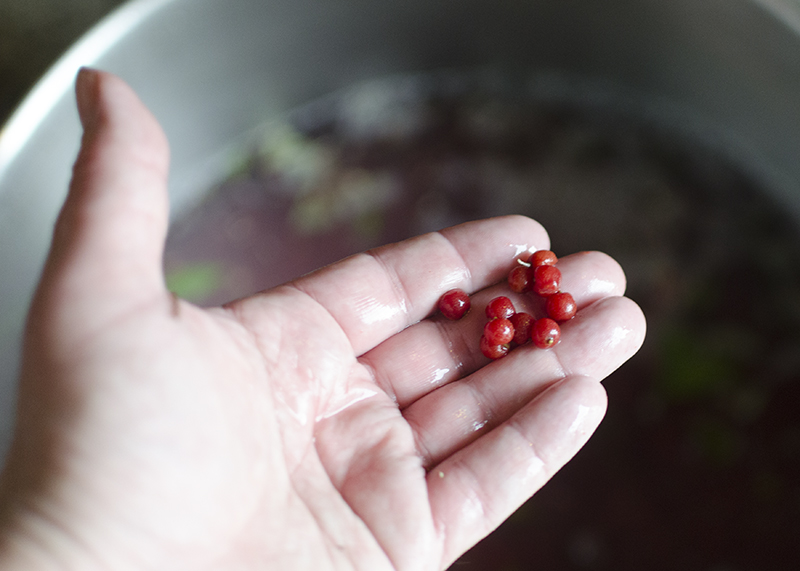
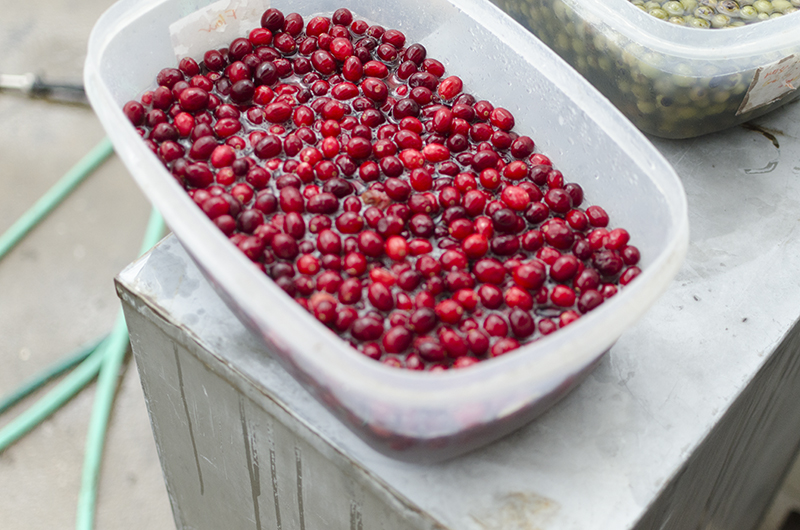
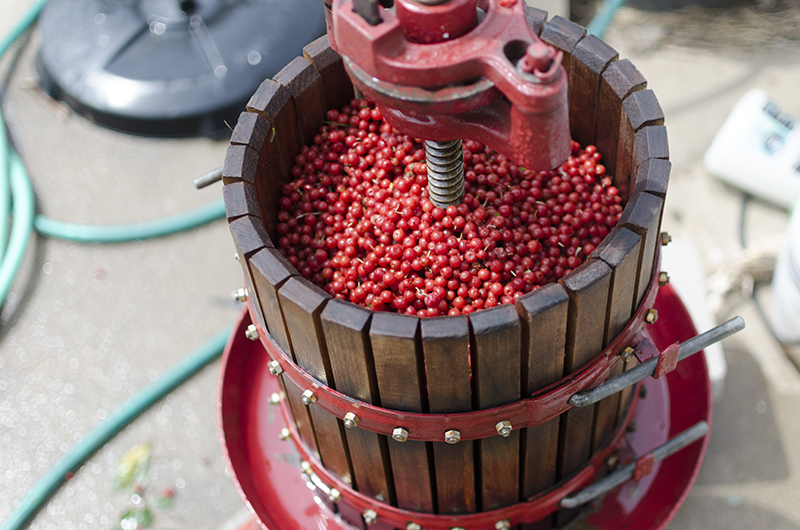
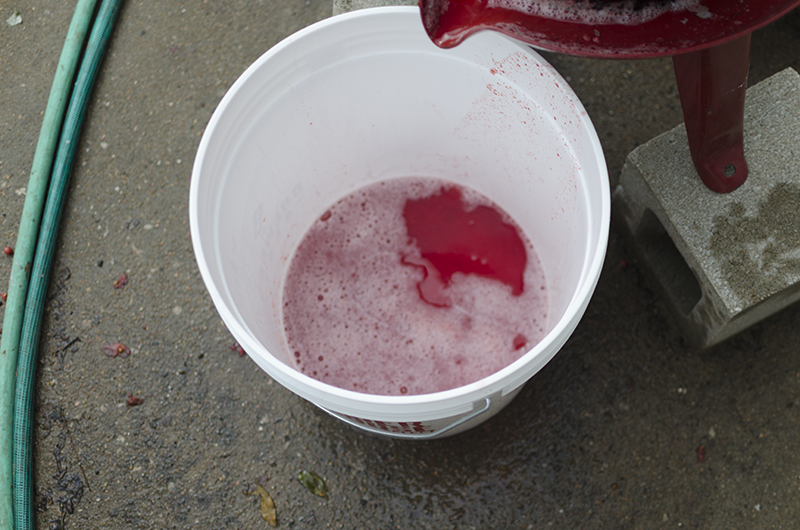
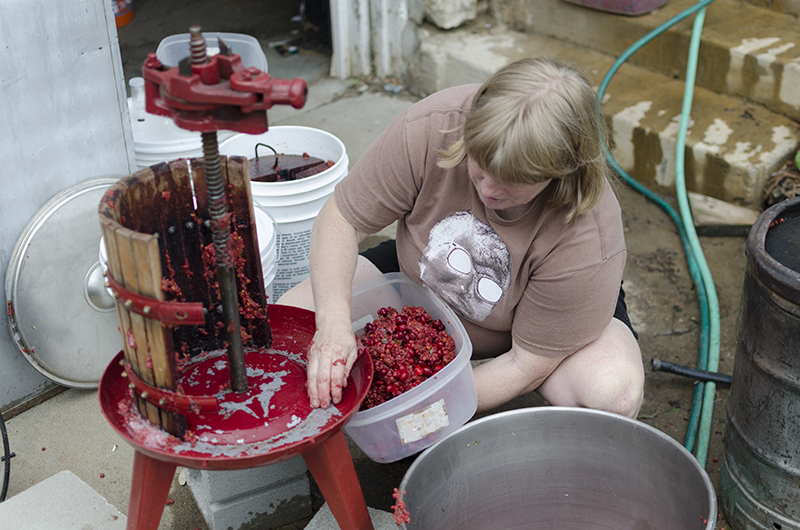
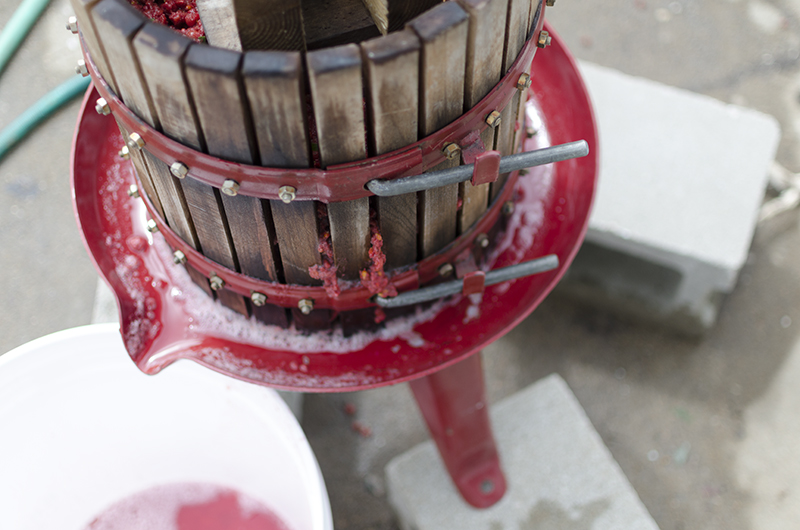
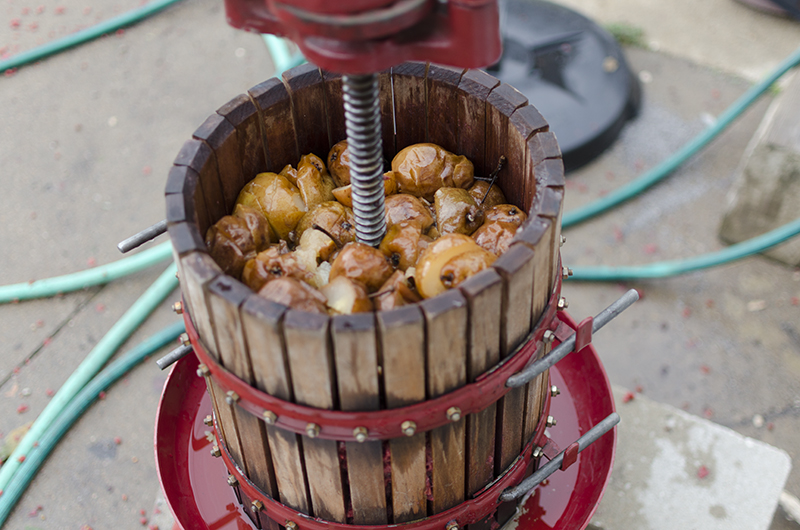
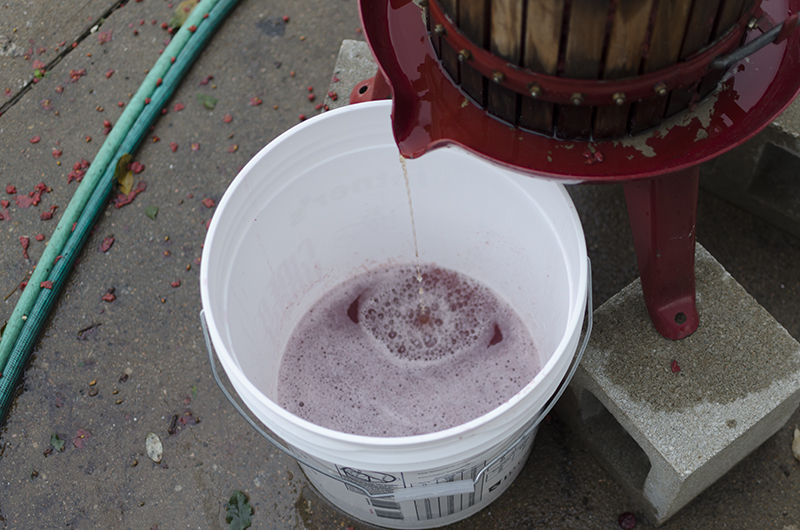
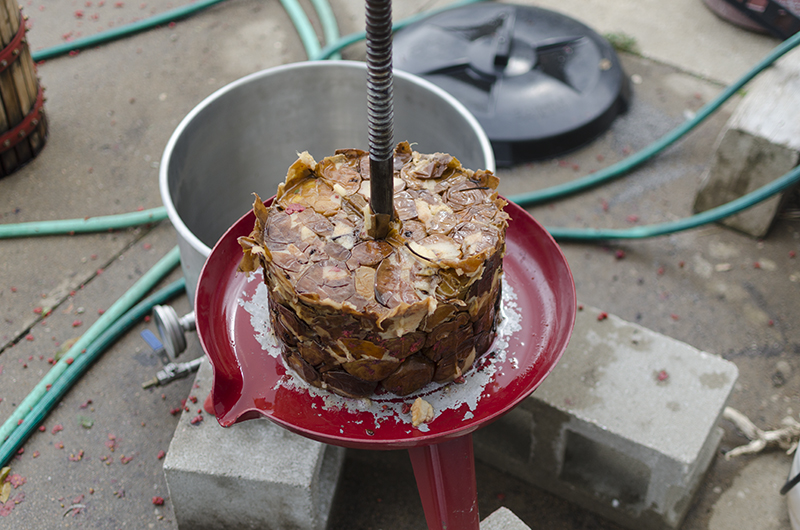
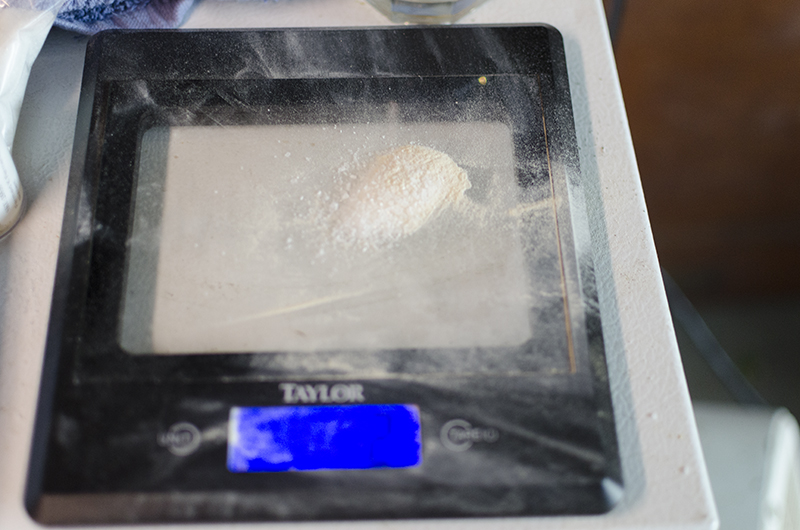
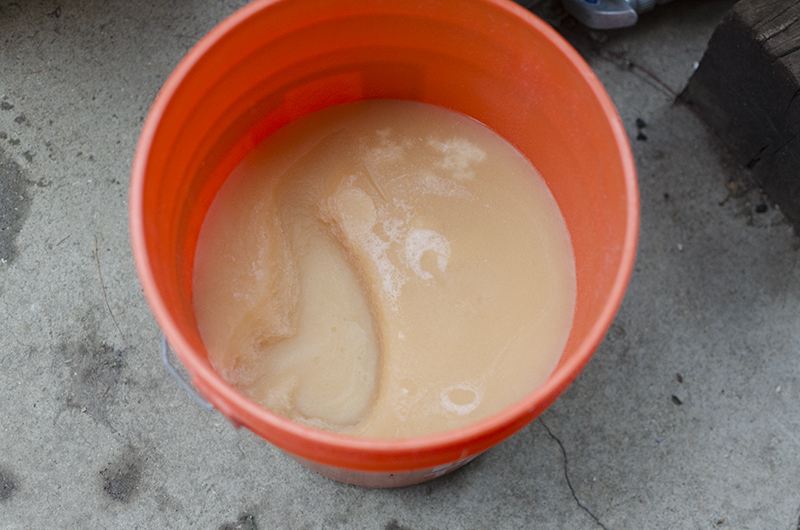
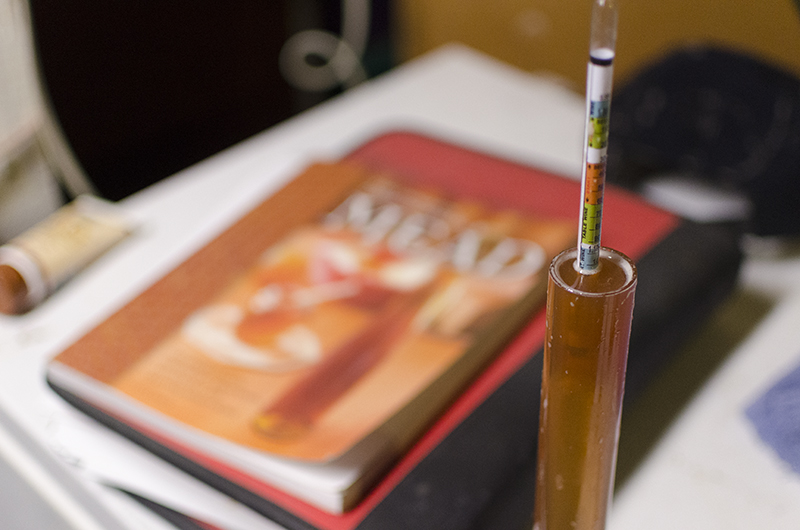
No comments:
Post a Comment